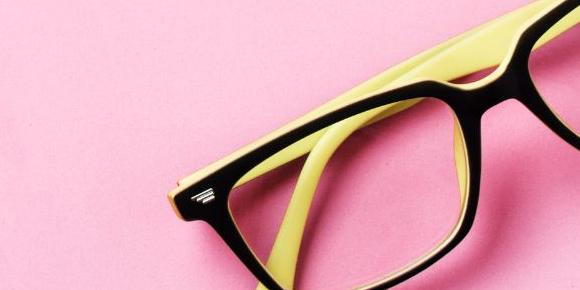
An In-depth Guide to Corrective Lenses
Corrective lenses have revolutionized the world of optometry, providing a solution for individuals struggling with various vision impairments. As an authority on corrective lenses, we aim to provide comprehensive information on the topic, covering different types of lenses, prescription terminology, lens materials and coatings, lens designs, and much more.
Types of Corrective Lenses
Corrective lenses are divided into three categories: eyeglasses, contact lenses, and orthokeratology (Ortho-k) lenses.
Eyeglasses:
These are the most common type of corrective lenses. They come in different styles and designs like bifocals and multifocals. The lens material can vary from high-index plastic, polycarbonate to Trivex, each with advantages and drawbacks.
Contact Lenses:
Contacts, including toric and spherical lenses, provide a more natural vision than eyeglasses. They move with your eyes, allowing you to see from every direction without obstruction.
Orthokeratology (Ortho-k) Lenses:
These are specialized lenses worn overnight to reshape the cornea temporarily, reducing refractive errors.
Understanding Prescription Terminology
Understanding your prescription is crucial. Terms like myopia (nearsightedness), hyperopia (farsightedness), astigmatism (distorted vision), presbyopia (difficulty focusing on close objects), diopters (unit measuring the lens power), and base curve (fitting of the lens) are essential components of your prescription.
Lens Materials and Coatings
The lens material and coatings play a vital role in the effectiveness and durability of your glasses. High-index plastic and polycarbonate lenses are lighter and thinner than traditional glass lenses. Moreover, coatings such as anti-reflective, scratch-resistant, UV-blocking, and tints and light-sensitive (photochromic) coatings can enhance lens performance and longevity.
Lens Designs
Corrective lenses come in several designs tailored to specific vision needs. Single-vision lenses are for people who have trouble seeing either near or far, while bifocal, trifocal, and progressive lenses are designed for presbyopia, helping wearers see at different distances. Occupational progressive and computer glasses are designed for prolonged computer use to reduce eye strain.
Eye Conditions and Corrective Lenses
Certain eye conditions and diseases such as cataracts, macular degeneration, glaucoma, and diabetic retinopathy can significantly impact the type of corrective lenses you require. Consulting with optometrists or ophthalmologists is crucial for proper lens fitting and to determine the best lens material and design for your condition.
Alternative Options: Corrective Surgeries
For those who prefer a lens-free solution, corrective surgeries like LASIK, PRK, LASEK, and SMILE are viable options. These procedures reshape the cornea, correcting refractive errors.
Pediatric Optometry
Children's vision care is paramount for their academic success and overall well-being. Early pediatric eye exams, appropriate children's glasses or contact lenses, and treatment of conditions like amblyopia are essential components of pediatric optometry.
Maintenance and Care for Corrective Lenses
Maintaining your lenses is vital to their longevity. This involves proper cleaning of glasses and contact lenses, using appropriate contact lens solutions, and storing them in a clean glasses case or contact lens case.
Lifestyle and Corrective Lenses
Corrective lenses cater to various lifestyle needs. Prescription sunglasses, sports eyewear, safety glasses, and blue light-blocking glasses are available for different activities and environmental conditions.
Corrective Lenses and Costs
Understanding eye care insurance, vision benefits, out-of-pocket costs, and prescription eyewear savings can help manage the financial aspect of corrective lenses. FSA/HSA accounts can also be used for glasses and contacts.
Innovations in Corrective Lenses
The world of corrective lenses is not static. Innovations like smart glasses, adaptive lenses, and bionic lenses are continuously being developed, providing better vision solutions.
Conclusion
In conclusion, the world of corrective lenses is diverse and continually evolving. With the variety of lenses available, understanding their types, materials, designs, and proper care techniques can significantly improve your visual health and overall quality of life.


